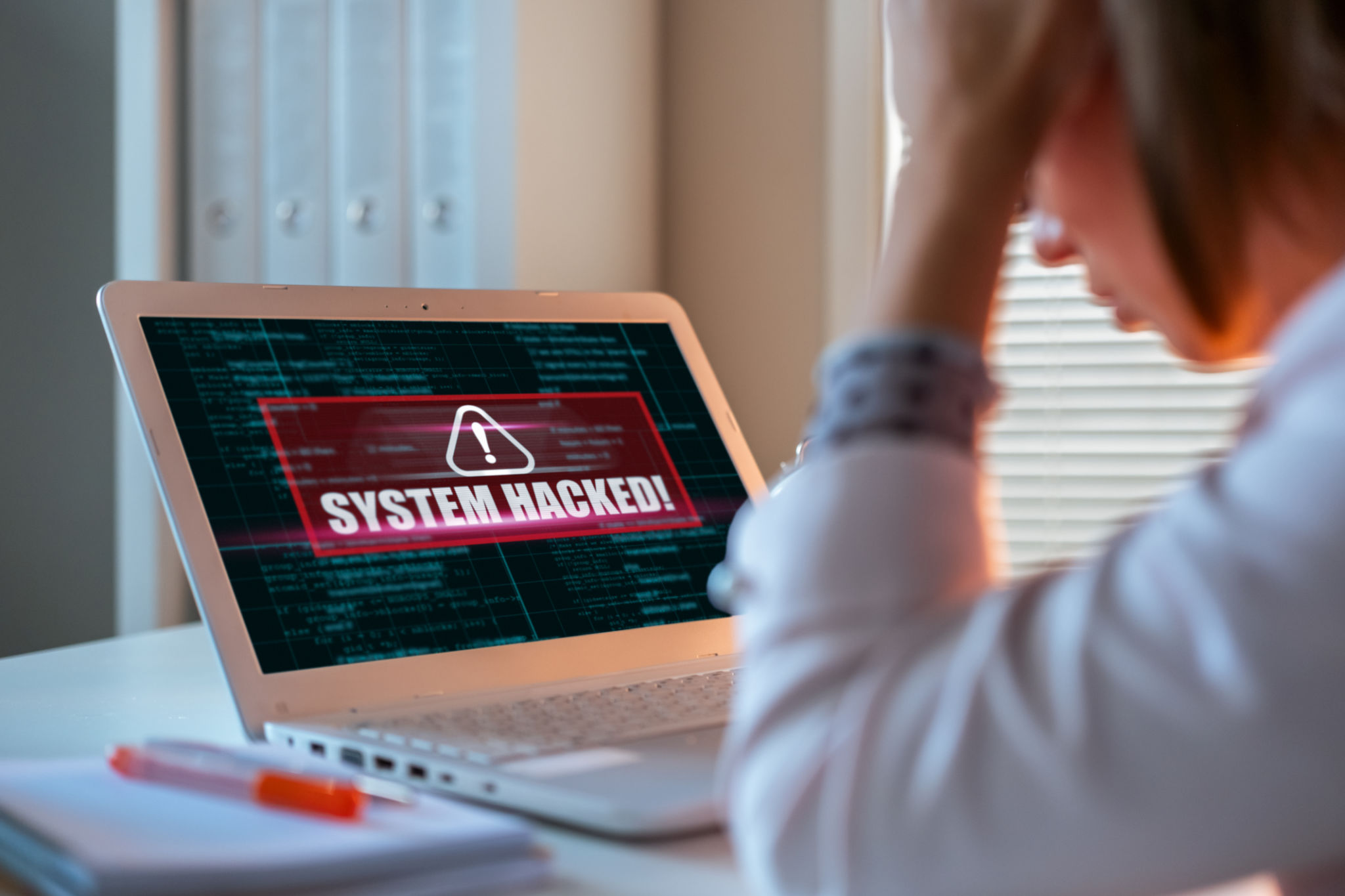How to Protect Digital Assets Globally: A Comprehensive Guide for Blockchain Innovators
Understanding the Importance of Digital Asset Protection
In today's rapidly evolving digital landscape, protecting digital assets has become a top priority for blockchain innovators. As blockchain technology continues to revolutionize industries, ensuring the security and integrity of these digital assets is crucial. From cryptocurrencies to smart contracts, the potential for fraud and cyber threats is significant. By implementing robust protection strategies, innovators can safeguard their assets and maintain trust within their networks.

Key Threats to Digital Assets
Before diving into protection strategies, it is essential to understand the main threats facing digital assets. Cyber attacks such as phishing, ransomware, and hacking are prevalent. These attacks can lead to significant financial losses and damage to reputations. Additionally, insider threats and human errors can compromise security, emphasizing the need for comprehensive security measures.
Phishing Attacks
Phishing attacks are one of the most common threats to digital assets. Malicious actors often use deceptive emails or websites to trick users into revealing sensitive information like passwords or private keys. Educating users about recognizing such scams is critical in preventing data breaches.

Strategies for Protecting Digital Assets
To effectively protect digital assets, blockchain innovators must adopt a multi-layered approach to security. This includes implementing both technical solutions and organizational policies. Here are some key strategies to consider:
- Encryption: Encrypting data ensures that even if it is intercepted, it remains unreadable to unauthorized users.
- Access Controls: Implementing strict access controls can limit who can view or modify digital assets.
- Regular Audits: Conducting regular audits helps identify vulnerabilities before they can be exploited.
Utilizing Blockchain's Inherent Security Features
Blockchain technology itself offers several security features that can enhance asset protection. Its decentralized nature makes it difficult for attackers to compromise the entire system. Additionally, blockchain's transparency and immutability provide an extra layer of security by making unauthorized changes easily detectable.

Legal and Regulatory Considerations
A comprehensive approach to protecting digital assets must also consider legal and regulatory frameworks. Different countries have varying regulations regarding blockchain technology and digital assets. Staying informed about these regulations is crucial to ensure compliance and avoid legal pitfalls.
Global Compliance
For blockchain innovators operating globally, understanding international compliance standards is vital. This includes familiarizing oneself with regulations such as GDPR in Europe or the SEC's guidelines in the United States. Adhering to these standards not only protects assets but also enhances credibility with stakeholders.

The Role of Education in Asset Protection
Education plays a critical role in safeguarding digital assets. By training employees and stakeholders on best practices for cybersecurity, blockchain companies can significantly reduce the risk of human error and insider threats. Workshops, seminars, and ongoing training sessions can help keep everyone informed about the latest threats and protection strategies.
Blockchain innovators must prioritize a proactive approach to digital asset protection. By understanding threats, implementing robust strategies, adhering to legal standards, and fostering a culture of education, they can ensure the security and longevity of their valuable digital assets in an increasingly interconnected world.